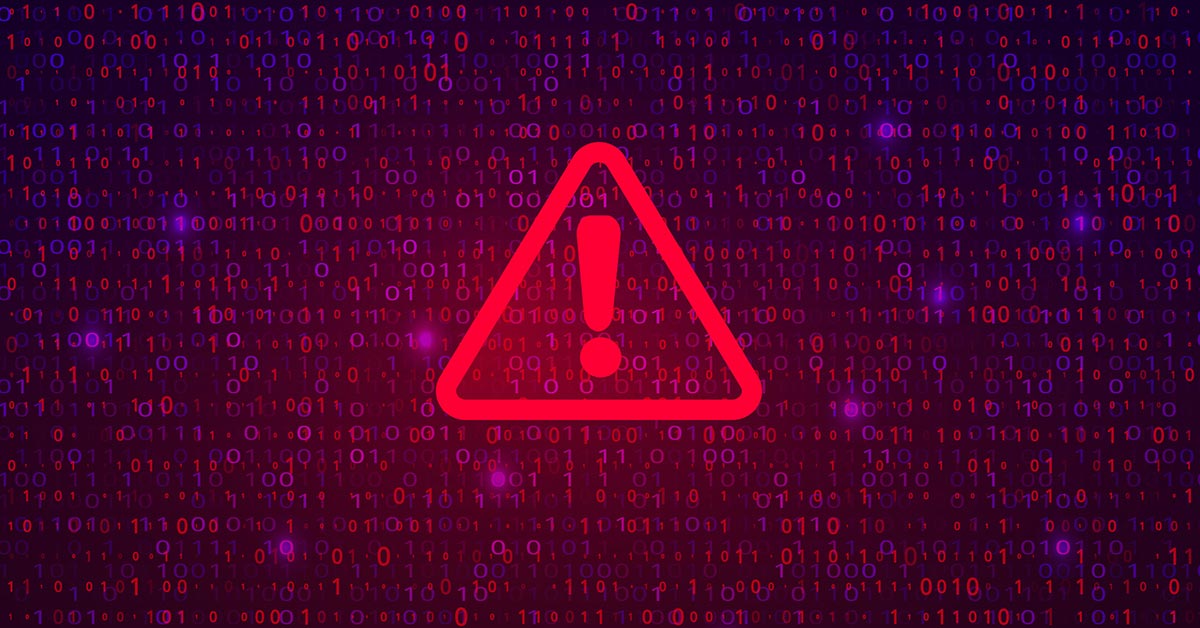We want to share five ways for businesses to prevent hacking at a time when these sorts of digital attacks are on the rise. Have you noticed how easily we get accustomed to matters of cyber risk? How they gradually seem to become the new normal in day-to-day life. They’re no longer just stories of clever, mischievous bankers withdrawing pennies at a time from thousands of accounts to grow their own. Remember the Target hack affecting thousands of customers’ financial information, or the huge hack of Yahoo’s database right when they were negotiating their purchase by Verizon? What about business owners being locked out of their systems unless they paid a ransom via Bitcoin? This only happened months ago. Today even the U.S. government is under alert after Russian hacking efforts to undermine our elections.
It’s important to be aware that cyber attackers don’t discriminate. Small- to medium-sized businesses are at risk too. These risks can have an extensive reach on your business, affecting your customers, your reputation, and your finances. Therefore, we want to share some long-established safety tips that can help protect your business from hacking attacks.
1) Don’t Postpone Those Updates
How many times have you been working on your computer when all of a sudden an annoying little notification pops up prompting you to update your software? What do you do? Postpone. More often than not, you postpone several times and by the end of the day, you forget to update your system. While some updates may seem unnecessary (sure, Garage Band can wait), many others can fix bugs and strengthen areas where you may be vulnerable to security threats. The longer you ignore updates the more of them your computer will have on its backlog to complete later. So, don’t postpone, at least not for long if you want to prevent hacking. Who doesn’t want a more secure, up-to-date computer?
2) Change Your Password Periodically
Say your business name is EZDelivery. What are the chances that your password looks something like this? EZDelivery2020, or 123ezdelivery, or ezdelivery90703? We understand that passwords have to be easy enough for you and your team to remember but the above example presents a security vulnerability, even to a novice hacker. Therefore, you should update your passwords every few months and set a password that has a strong combination of 1) lower and upper case letters, 2) numbers, and 3) special characters.
3) Leave Suspicious Emails Alone
Suspicious emails and links are still being opened by many unsuspecting users while hackers are becoming savvier. For the most part, they’ve moved passed tricks like the Nigerian princes needing our help. Instead, you might get emails that mimic notifications from your cable company or email provider. If you know all is well with your accounts, you’re better off leaving these alone and calling your service provider if you have any questions. Don’t fall for emails that have a suspicious domain such as FiOScustomerservice@gmail.com. If you do open one of these emails and realize you shouldn’t have, make sure you don’t click on any links. Mark it as junk it and delete it.
4) Stay Away From Ugly Websites
Ok, so your suspicion radar didn’t kick in and you clicked on a link that took you to a strange page. Hopefully, you have an antivirus installed on your device that would quarantine any threat that may have been triggered. You always want to be mindful of weird-looking pages that ask you to perform any action or request information. Sometimes it’s difficult to tell if a web page is legitimate so follow your gut but be extra cautious. If you see poor images, misspellings, ugly layouts, etc., it might be smart to exit the site.
5) Leave That FREE Flash Drive On The Ground
This trick is fairly new in comparison to other phishing attacks but, unfortunately, it’s effective. Here’s how it works: You leave the office, restaurant, or maybe Starbucks and you find a USB flash drive (aka memory stick) on the ground. You think, “Score! I’ll just take it, see what’s in there, delete what I don’t want and use it myself.” Gotcha! That’s what the hackers want. By doing so, you may have introduced a malicious bug into your system that sees your private info and sends it back to the hacker via a network. From here, your info can be sold on the black market resulting in headaches because of identity fraud, financial fraud or more. It’s simply best to turn the drive in to lost and found in case it does belong to someone who forgot it.
There are many measures you can take to prevent hacking and becoming a victim cyber crime. Follow our five tips and share them with other employees at your business. Understand that a hacking attack can happen to you. An important precaution a business can take is to get insured against cyber risks. An AIS Business Specialist may help you determine where Cyber Insurance fits in your business protection plan.
This content is offered for educational purposes only and does not represent contractual agreements. The definitions, terms, and coverage in a given policy may be different from those suggested here and such policy will be governed by the language contained therein. No warranty or appropriateness for a specific purpose is expressed or implied.


